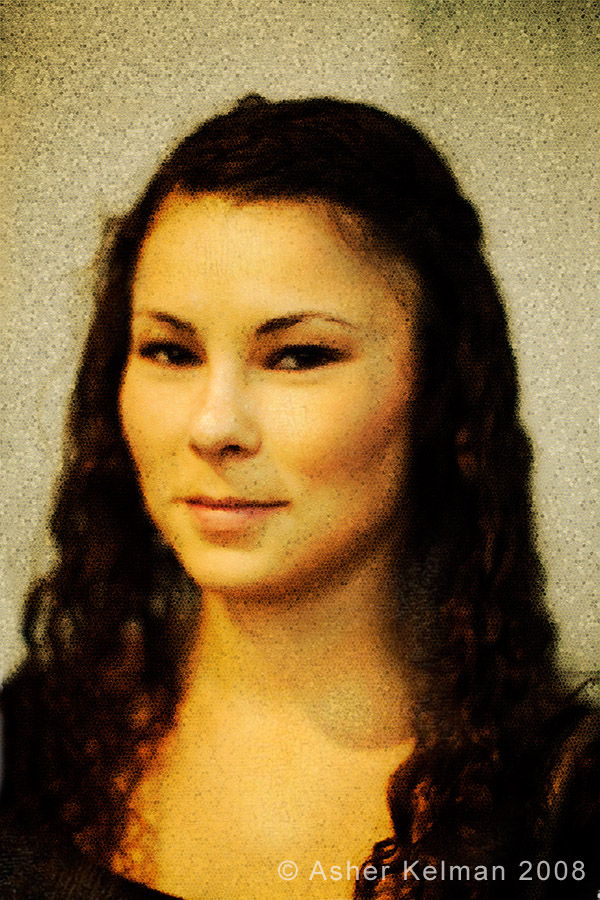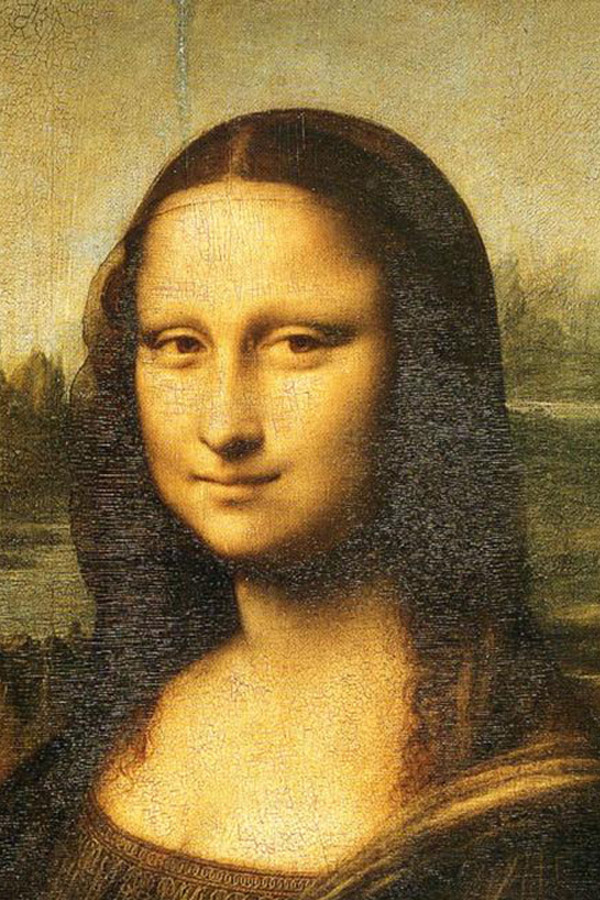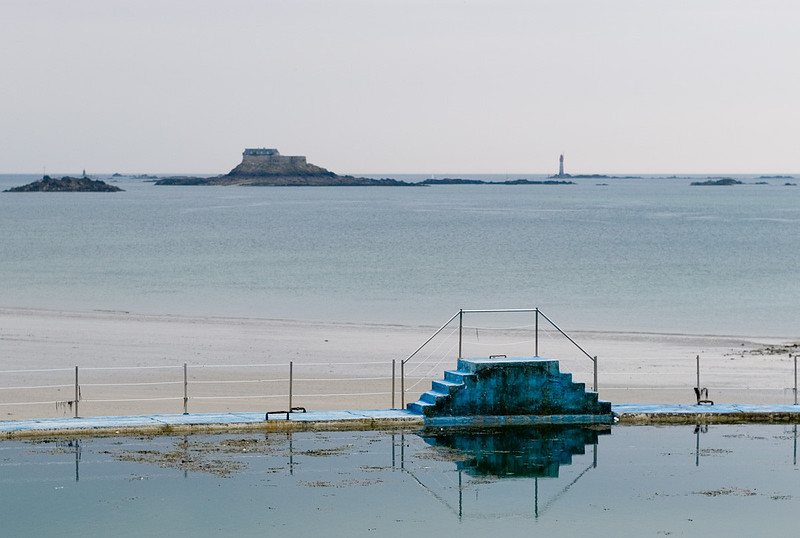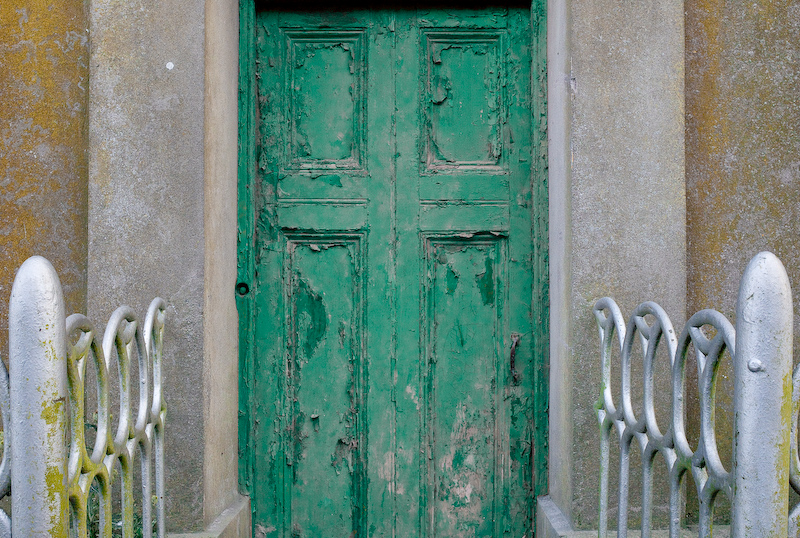Asher Kelman
OPF Owner/Editor-in-Chief
I saw Rachel outside a restaurant. She happens to be a lawyer. I didn't know that, I just was fascinated by her look!


Now what do you think? It's amazing that I thought of the Mona Lisa. I reversed her face Left to Right and merely added yellow and some texture! I also stole a tiny tad of paint cracks for the forehead and cheeks. What's amazing to me at least, is that the detail of her purse strap is matched by the curve of the fabric on her dress. The hair and look of the eyes is close too! So now you now why I wanted to take the picture!
Of course the nose, lips and eye shapes are individually not like those of the beautiful mona Lisa. Still there is something in common that made me say to her, you look like the Mona Lisa!
Now is this what you think happens when we sample what we see that we strengthen choices of those images that have influenced us. Or perhaps we find any excuse to try to correlate our own modest work to something greater?
Asher


Now what do you think? It's amazing that I thought of the Mona Lisa. I reversed her face Left to Right and merely added yellow and some texture! I also stole a tiny tad of paint cracks for the forehead and cheeks. What's amazing to me at least, is that the detail of her purse strap is matched by the curve of the fabric on her dress. The hair and look of the eyes is close too! So now you now why I wanted to take the picture!
Of course the nose, lips and eye shapes are individually not like those of the beautiful mona Lisa. Still there is something in common that made me say to her, you look like the Mona Lisa!
Now is this what you think happens when we sample what we see that we strengthen choices of those images that have influenced us. Or perhaps we find any excuse to try to correlate our own modest work to something greater?
Asher




